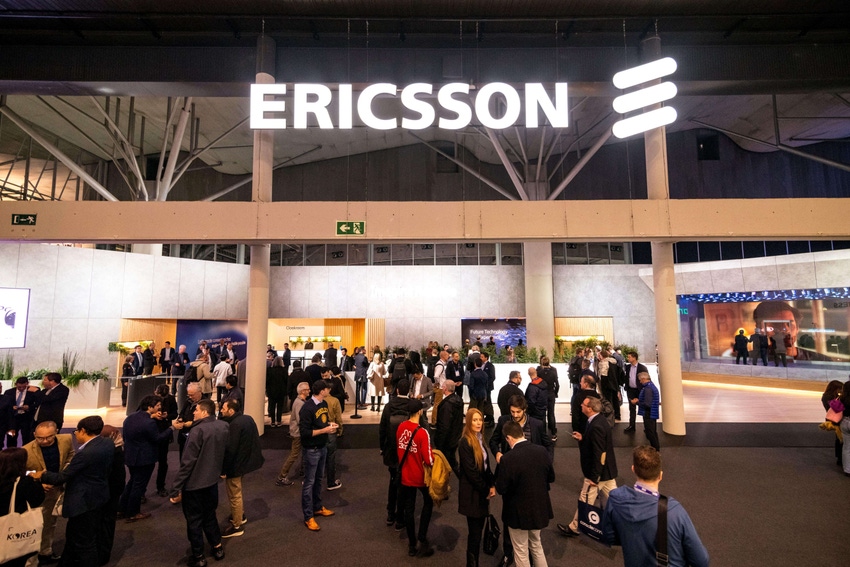QoS and APIs matter when it comes to consumer 5G spend – Ericsson
Ericsson CTO says new report highlights potential of network APIs for developers as a way to create new revenue-generating services.

Ericsson shed light on a matter that operators globally have been grappling with over the last few years: How to make money out of 5G services.
In a new report, Ericsson ConsumerLab managed to distill how to capture value from 5G into four key trends. For operators, the good news is that smartphone users are willing to pay a bit more for what Ericsson describes as "differentiated connectivity," where incentives such as additional data volumes, higher speeds and app bundles are added to basic connectivity plans.
The most popular form of differentiated connectivity is none of these, however. In fact, the study found that users will pay an average premium of 11% for so-called "quality of service" (QoS) offerings. App bundles are next, followed by speed tiers and extra mobile data.
Overall, 20% of 5G smartphone users are willing to pay a premium to operators for differentiated QoS over 5G. However, higher data allowances and speeds are expected by more users as justification for buying 5G subscriptions in the first place.
QoS offerings include the possibility of network elevation or on-demand performance enhancement and can be applied to any type of data usage, or linked to specific applications, such as gaming, video calling or live streaming.
The Ericsson ConsumerLab study found that about 13% of the 105 service providers it analyzed have begun implementing QoS-based offerings, which in turn are mostly commercialized by operators that have deployed 5G standalone (SA) networks.
API days
As an example of what these QoS offerings actually look like, Ericsson cites 5G Stock Pro from 3 Hong Kong that allocates more network resources and prioritized network usage to enhance experience of a stock trading application; Super Live Streaming package from China Unicom with uplink prioritization; and the ProPing service by Ooredoo Kuwait that offers a premium plan with low lag for mobile gaming over 5G.
"Service providers can employ multiple strategies for delivering QoS-based offerings, including techniques like network slicing or providing quality-on-demand APIs to developers, such as the recent example of Deutsche Telekom's commercial launch of network APIs," the report said.
Ericsson's Chief Technology Officer (CTO), Erik Ekudden, remarked that the report highlights the potential of network APIs for developers, as a means for operators to offer enhanced network experiences for which customers are willing to pay.
"As we observe consumers expressing a willingness to pay for new functionality and differentiated quality of service, it's clear that these APIs are industry changing,” Ekudden said. “They foster an environment where developers get access to 5G capabilities to deliver distinct premium experiences. For communication service providers APIs unlock new revenues by unveiling the inherent value of their networks.”
GSMA CTO Alex Sinclair recently said that about 35 mobile network operators around the world have signed on to the association's new Open Gateway initiative, its network API push. The GSMA formally unveiled its initiative just a few months ago, at the MWC Barcelona trade show earlier this year.
Can't get no satisfaction (after a year)
Meanwhile, the other trends identified in the Ericsson report for capturing 5G value include fairly obvious aspects such as 5G network satisfaction and 5G performance at key locations. In fact, it was found that 5G consumers are three times more likely to switch providers because of poor connectivity experiences at major venues such as stadiums, arenas and airports. A fourth driver is video streaming, as well as virtual reality.
Notably, the report found that customer satisfaction with 5G networks is improving, but tends to wane once customers have been using 5G for over a year. This is particularly apparent in advanced markets with at least 80% population coverage and 40% market penetration.
In terms of video streaming, the report confirms that 5G is driving an increase in video and AR usage. Furthermore, enhanced video formats such as multi-view streaming with interactive features could drive as much as five times more data usage when compared to regular video streaming.
"The percentage of daily users engaging in streaming high-definition 4K videos has risen from 44% to 52% over the course of the past three years," the report added.
Read more about:
EuropeAbout the Author(s)
You May Also Like












